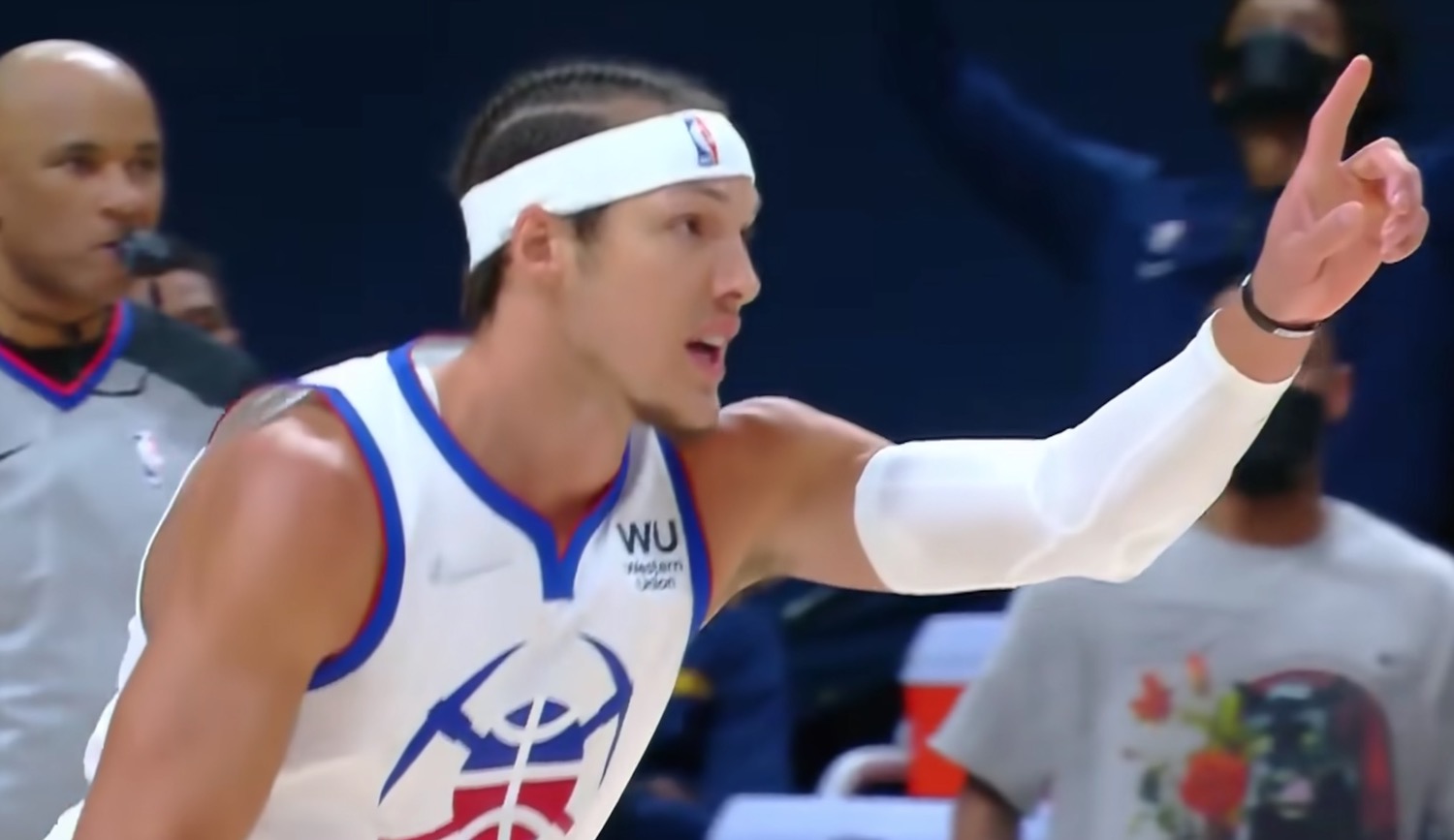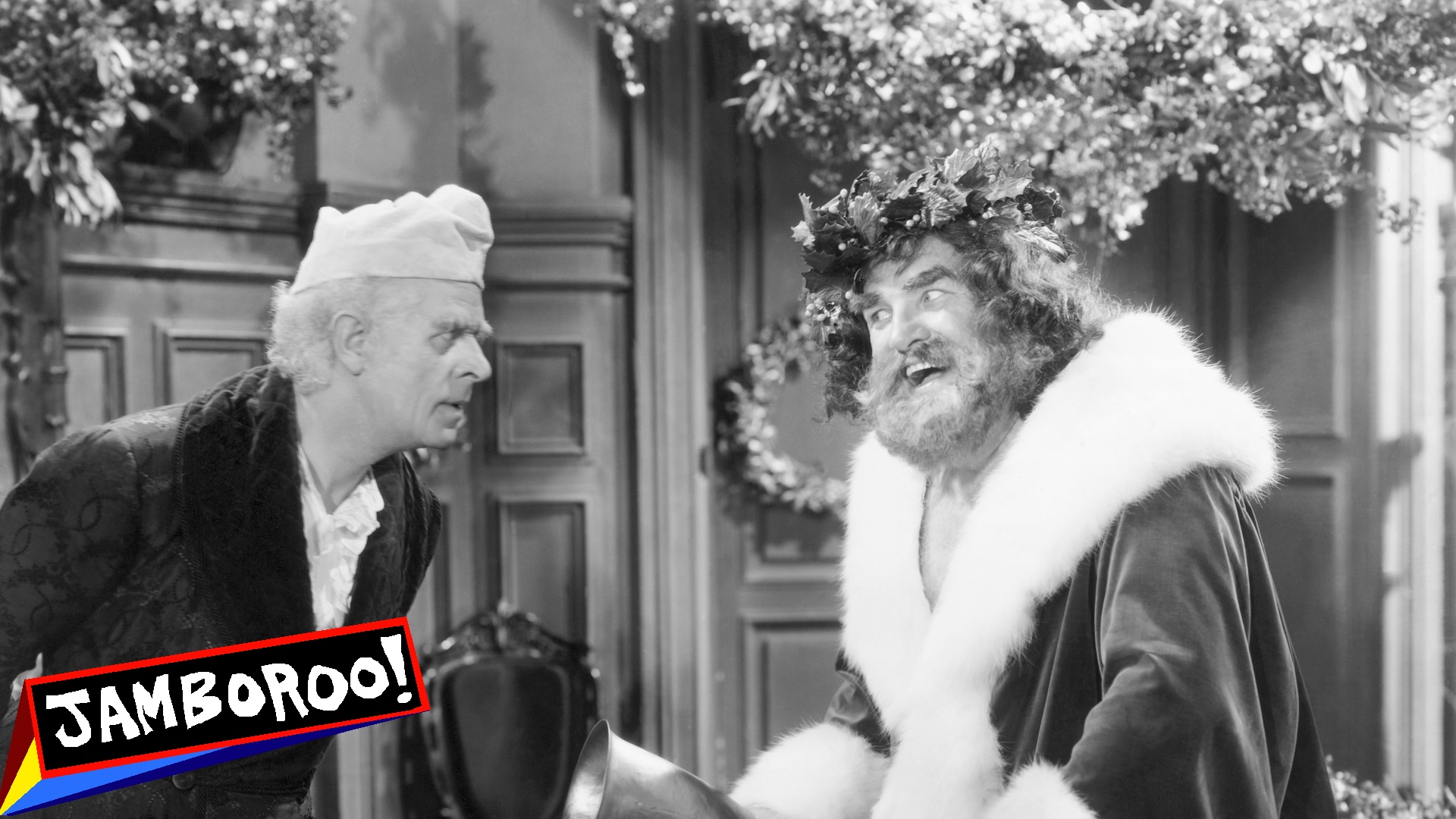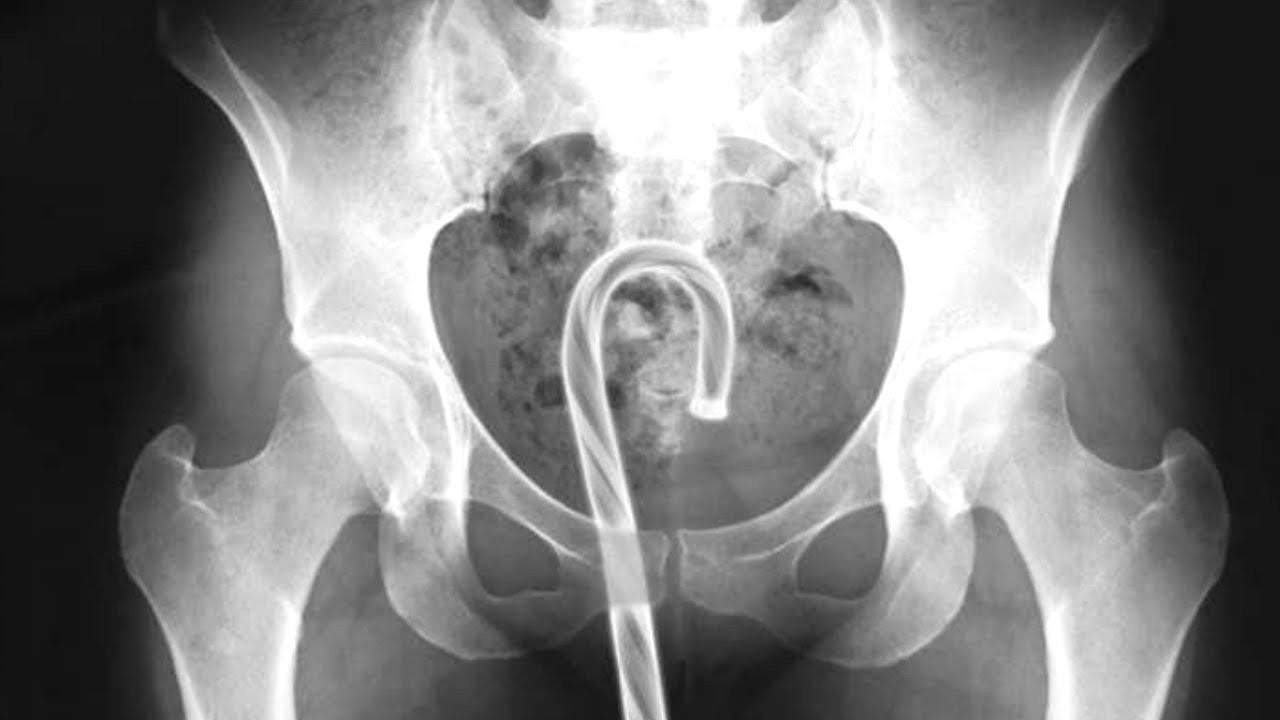For six-and-a-half seasons, the Orlando Magic tried and failed to find a solution to a rather tricky self-inflicted problem: what the hell to do with Aaron Gordon. His talents (athleticism, secondary playmaking) have always been as obvious as his deficiencies (shooting, ballhandling), and the Magic never figured out how to win games with Gordon as their best player. That's mostly down to the fact that he was never meant to have an offense run through him, but what the hell else were the Magic going to do, give the keys to Elfrid Payton?
A more capable organization might have found a way to use one of the springiest big-man dunkers in the game to full effect, or at least not let him try to cosplay LeBron James. The Magic are famously incapable, though, so Gordon was left marooned in his weird spot, not quite Draymond Green, not quite LeBron. You could see the outline of a star under caked-on layers of mediocrity, though he was never able to coalesce into a fully realized player, and thus he lived on the margins of reclassification into the Butt tier. That is, until the Denver Nuggets swung for Gordon at the trade deadline last month and slotted him into what seems now like the best possible role for a player of his skills. The Nuggets are 4-0 since acquiring Gordon with wins over the Sixers and Clippers, and the reformulated starting lineup with Gordon taking Paul Millsap's spot is plus-33.9 points per 100 possessions.
That's second in the league for any five-man group with over 80 minutes, though it is still early enough that the process matters far more than the results. But what a process it's been. Gordon never has to handle the ball on a team with Nikola Jokic and Jamal Murray, so he gets to set screens, make cuts, and fill in all the gaps of an offense that has been stacked with muscular talent yet oddly low on connective tissue.
I suppose an offense that features laborious Paul Millsap post-ups and Michael Porter Jr. standing there can only be so dynamic, but swapping out Millsap for Gordon has changed everything. Now, the best big-man passer of all time has a prodigious dunker to manufacture easy buckets for, and Denver's shooters get to enjoy oodles more space. When a cutting Millsap would receive a pass from Jokic, what followed was usually a series of pump fakes and an attempt to muscle the ball into the hoop. Gordon can catch those same passes, but instead of getting stuck under the rim he can just rise up and jam the thing home in one fluid motion.
Gordon has also developed as a passer, which means more easy shots for Porter and Will Barton if teams cheat towards him. He'll check the best opposing wing player (when he's not providing devastating help), so nobody has to guard out of their natural spot. The topsy-turvy bench unit is also way more structured with Millsap and JaMychal Green sliding into their ideal roles as a 4-5 combo. The Nuggets' whole thing just kind of makes sense now, in a way it hasn't since Jerami Grant took off.
Nothing in the highlight reel below is all that complicated, it's sort of what just happens when you combine a passer like Jokic with a cutter like Gordon.
Aaron Gordon's off-ball movement has helped him fit in seamlessly to the @nuggets cutting-heavy offense! #NBABreakdown
— NBA.com/Stats (@nbastats) April 4, 2021
DEN/ORL, 10pm/et, NBA TV pic.twitter.com/plTMb9qN5p
Gordon's space creation will help Jokic—current MVP front-runner—run the offense from the high post, and he'll also help Porter—who can tend to loaf his way into being a spot-up shooter—get more involved in things.
Michael Porter Jr. used only four total dribbles last night to score 27 points (11 baskets). The four came on two possessions -- MPJ dribbled once on a fastbreak and three times to get behind the 3-point line after an offensive rebound. He didn't dribble on his other nine makes. pic.twitter.com/vpApxcxLtn
— Harrison Wind (@HarrisonWind) March 31, 2021
Jokic is the best passer everyone on his team has ever played with, though Gordon has only ever played with hideous point guard rotations. Markelle Fultz has an actual case as the most functional ballhandler Gordon rolled for in Orlando, where starting point guard position has hosted some truly accursed players during Gordon's time there. Murray, Jokic, Monte Morris, and Facundo Campazzo would all have been the best passer on any of Gordon's previous Magic teams, which is really some shit, since he played there for six-and-a-half years. Jokic has already tossed 11 assists to Gordon, which is only four fewer than what Gordon's most common assist-giver provided for him in 25 games this season. "He’s in the locker room, like, 'Man, these are the easiest passes I’ve got my whole career,'" Morris told the Denver Post. "He understands you can just cut on our team and you can fall into 15 or 20 points." It really is remarkable how much easier and more fun basketball is when you've escaped the reality hinted at by this graphic.







